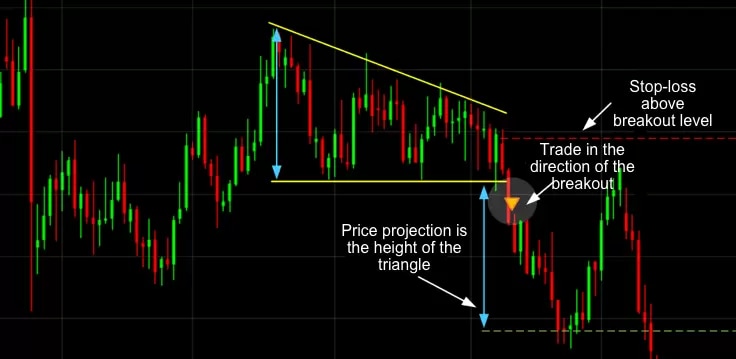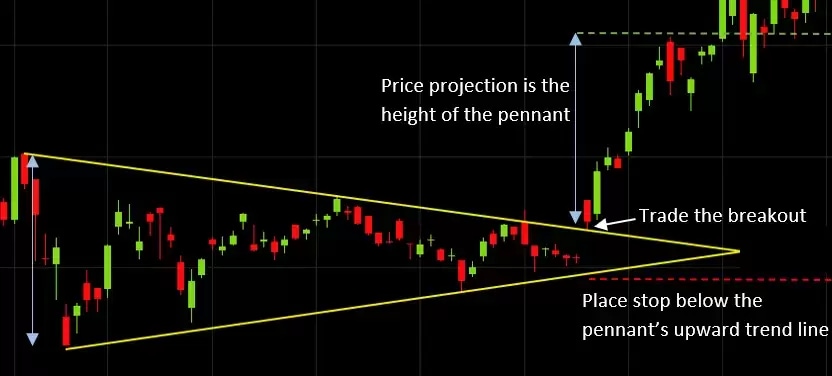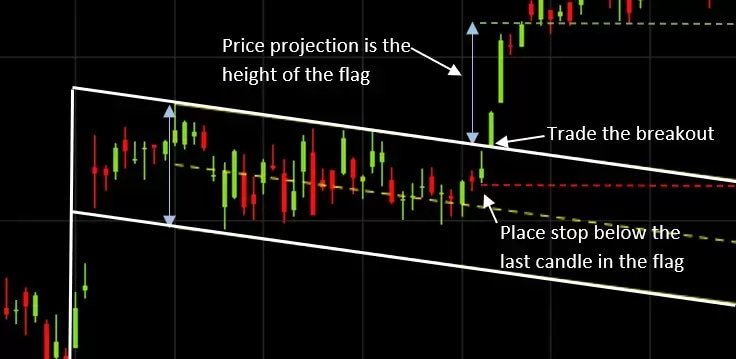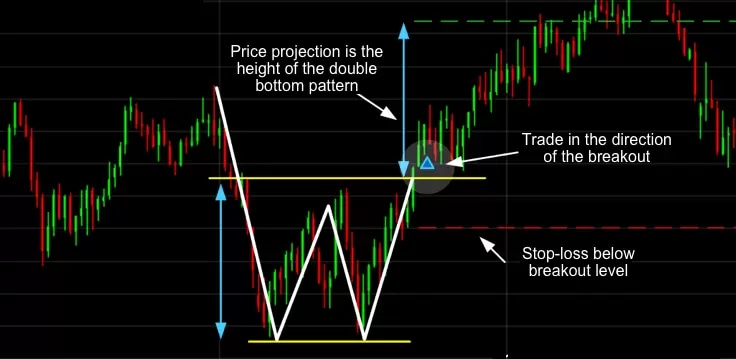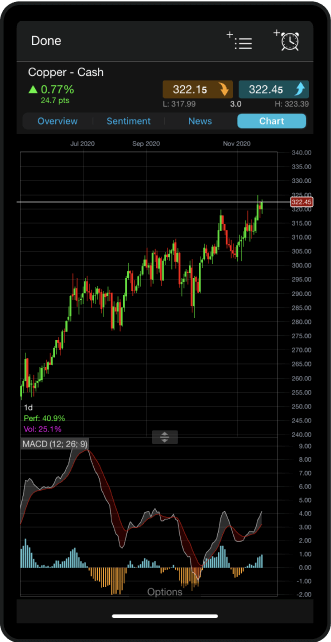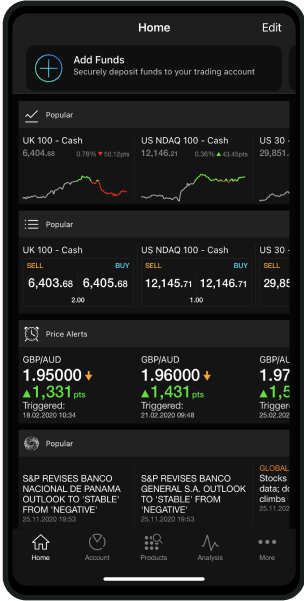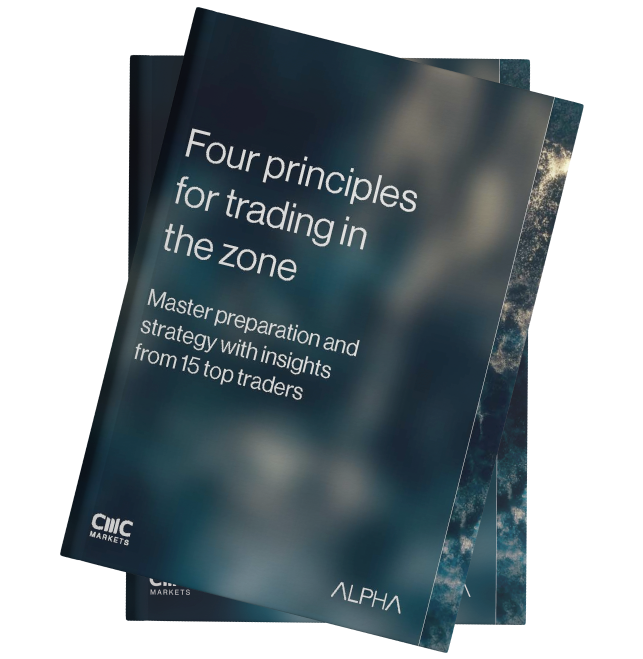11 significant stock chart patterns
Published on: 09/11/2021 | Modified on: 23/01/2023
Stock chart patterns are an important trading tool that should be utilised as part of your technical analysis strategy. From beginners to professionals, chart patterns play an integral part when looking for market trends and predicting movements. They can be used to analyse all markets including forex, shares, commodities and more.
The following stock chart patterns are the most recognisable and common chart patterns to look out for when using technical analysis to trade the financial markets. Our guide to eleven of the most important stock chart trading patterns can be applied to most financial markets and this could be a good way to start your technical analysis.
KEY POINTS
- Patterns may help to suggest in which direction prices are headed, based on previous movements
- They’re most effective on candlestick charts as you can see previous open and close prices
- There is a great variety of chart patterns, including wedges, triangles, cup and handles, head and shoulders and flags
- Stock pattern screeners make it easier to spot them on charts
- A basic knowledge of support and resistance will help in identifying technical patterns

















